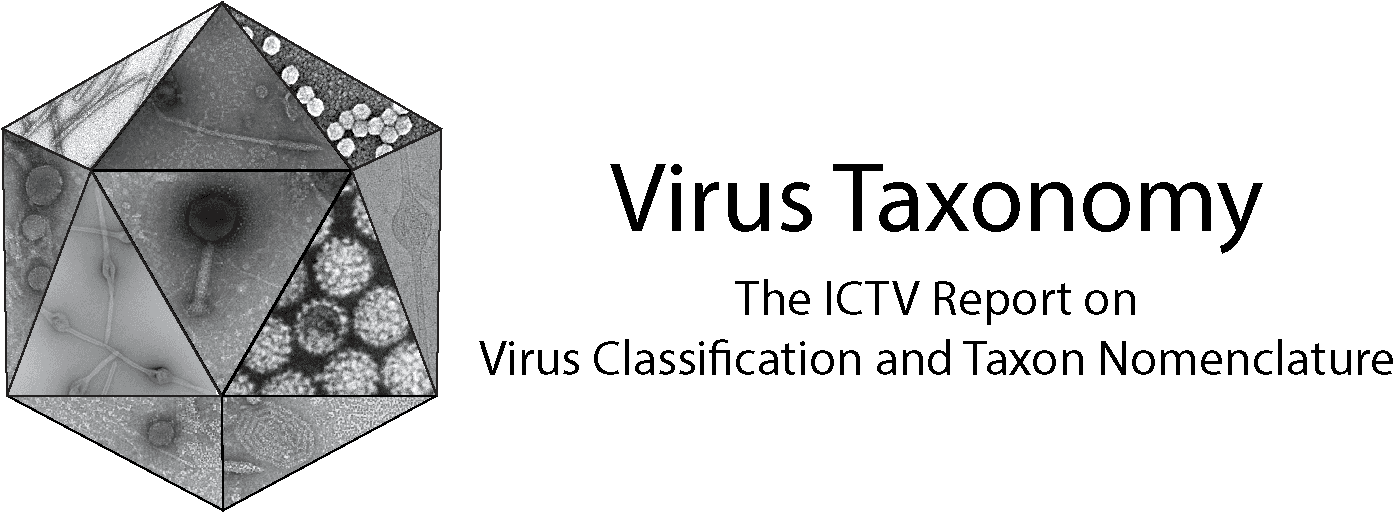Subfamily: Deltarhabdovirinae
Genus: Primrhavirus
Distinguishing features
Viruses assigned to the genus Primrhavirus form a distinct monophyletic group based on well-supported Maximum Likelihood or Maximum Clade Credibility trees inferred from complete L sequences. Members of the genus have been detected in mosquitoes (Culicidae). They are distinct phylogenetically from related viruses assigned to the genus Stangrhavirus.
Virion
Morphology
Virion morphology is unknown.
Nucleic acid
The genomes consist of a single molecule of negative-sense, single-stranded RNA of approximately 12.1–12.6 kb (Gil et al., 2021, Parry et al., 2021).
Proteins
The N, P, M, G and L proteins share sequence homology and/or structural characteristics with the cognate proteins of other rhabdoviruses.
Genome organisation and replication
The genomes include only the five canonical rhabdovirus structural protein genes (N, P, M, G and L). Alternative long ORFs may (>180 nt) occur in each gene but it is not known if they are expressed (Figure 1 Primrhavirus).
 |
| Figure 1 Primrhavirus. Schematic representation of primrhavirus genomes shown in reverse (positive-sense) polarity. The genomes contain long open reading frames (ORFs) in the N, P, M, G and L genes (open arrows). Alternative long ORFs (>180 nt) are also shown (grey). |
Biology
The viruses assigned to this genus were discovered by viral metagenomic sequencing of mosquitoes. Primus virus (species Primrhavirus primus) was detected by metagenomic sequencing of Aedes vexans mosquitoes collected in Senegal (Gil et al., 2021). San Gabriel mononegavirus (species Primrhavirus gabriel) was discovered in an RNA-Seq library from an Aedes albopictus mosquito colony established in California and in other RNA-Seq libraries from other Aedes spp. mosquito colonies, cell lines and wild-caught mosquitoes from various parts of the world (Parry et al., 2021). Atrato rhabdo-like virus 3 (species Primrhavirus atrato) was discovered in Culex sp. mosquitoes collected in Colombia. No isolates of the viruses have yet been reported.
Species demarcation criteria
Viruses assigned to different species within the genus have several of the following characteristics: A) minimum amino acid sequence divergence of 10% in the N proteins; B) minimum amino acid sequence divergence of 10% in the L proteins; C) minimum amino acid sequence divergence of 15% in the G proteins; D) significant differences in genome organisation as evidenced by numbers and locations of ORFs; E) they can be distinguished in virus neutralisation tests; and F) they occupy different ecological niches as evidenced by differences in vertebrate hosts and or arthropod vectors.
Related, unclassified viruses
| Virus name | Accession number | Virus abbreviation |
| Xiangyun mono-chu-like virus 4 | OL700129 | XyMCLV4 |
Virus names and virus abbreviations are not official ICTV designations.

